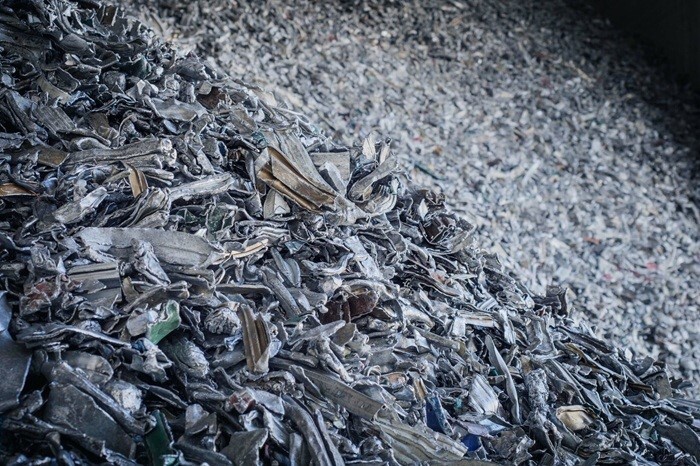

Despite a recent breakthrough in the EU-US tariff standoff, Europe’s aluminium recycling industry is sounding the alarm over a worsening crisis: the continued surge in aluminium scrap exports from the continent.

While the deal marked a diplomatic easing of trade tensions, it left a critical issue unresolved, a widening market distortion that risks undermining Europe’s access to essential raw materials.
The problem lies the current tariff structure. Under the revised agreement, aluminium products exported from the EU to the US still face steep tariffs of 50 per cent, whereas aluminium scrap is subject to a far lower tariff of 15 per cent. This disparity, industry leaders argue, creates a strong incentive to export scrap instead of higher-value products draining Europe’s recycling ecosystem of the very input it needs to support its low-carbon transition and manufacturing competitiveness.
Rob van Gils President of Aluminium Deutschland e.V. said, "The current tariff regulations do not solve our problem, but rather only exacerbate the imbalance in the aluminum scrap market. The existing arbitrage window thus remains and threatens to become entrenched in the long term. This makes a permanently increased outflow of scrap from Europe likely – with catastrophic consequences for Europe's recycling industry."
As of early 2025, the EU exported approximately 345,000 tonnes of aluminium scrap in the first quarter alone, with overall exports continuing to rise by about 10% compared to previous periods.
In 2024, the EU exported approximately 1.3 million tonnes of aluminium scrap during the year, setting a new record after peaking at 1.2 million tonnes in 2023.
Meanwhile, the US, the EU’s major trading partner represents the world’s largest aluminium scrap market, valued at over USD 3.26 billion in 2024, backed by a strong industrial and automotive base.
Also read: World Recycled ALuminium Market Analysis Industry forecast to 2032
The existing tariff imbalance between scrap and finished aluminium products only deepens transatlantic trade distortions and drains value-added potential from European industry.
The export pressure isn’t new. Even before the US tariff conflict, Europe’s scrap outflows had been climbing, particularly to Asia. However, major importers such as India, Malaysia, and China have now tightened their own scrap import rules, narrowing global recycling options for European players and intensifying domestic supply risks.
Although European Commission President Ursula von der Leyen has floated the idea of potential tariff reductions and a quota system for steel and aluminium, the industry remains unconvinced. The timing and scope of such reforms are still unclear and likely too slow to address the urgent threat.
Van Gils reinforced the call for immediate action, "Europe must now act decisively and swiftly. We need horizontal export restrictions, erga omnes, on aluminum scrap more urgently than ever. Only in this way can we restore balance in the scrap market, secure access to essential domestic raw materials, and strengthen Europe's industrial base in the long term."
Circular economy and industrial security at risk
Aluminium scrap is a strategic raw material, not waste. It plays a crucial role in Europe’s aluminium production and is central to achieving climate targets. Recycling scrap instead of relying on imported primary aluminium significantly cuts carbon emissions and energy costs.
If no corrective action is taken, the recycling industry warns of a permanent loss of raw materials, increased reliance on more carbon-intensive imports, and long-term damage to Europe’s industrial base. The ripple effects could derail the continent’s circular economy ambitions and compromise its global competitiveness.
Note: To feature your brand and share insights, contribute an article or interview in our forthcoming e-magazine "American ALuminium Industry: The Path Forward".
Responses








